A guide to Visual Communication Strategies for Luxury Brands
- 29th May 2020
- 9393
- 0

Flourishing luxury brands speak to their clients in a language that is utterly convincing. They portray an image of trust, reliability and plushness. They make their customers feel exceedingly special and communicate with them effectively.
Creating a stirring brand identity is essential as it is what people will ultimately associate with. This identity is the sole dictator of the establishment and growth of a brand and needs to be efficiently conveyed to its audience.
Brand identity refers to the visible elements of a brand for instance: colour, design, logo which people identify it with. It forms the persona of the brand and should be moulded in a way so as to make it memorable and inspirational. It should speak the language of the brand and should resonate the same feeling the brand evokes.
Building an impactful and rousing brand identity requires the formulation of carefully calculated visual communication strategies. This process is integral and demands extensive study and deliberation.
A few things to consider while developing these visual communication strategies are:
Colour Psychology
Colour is an effective tool for communication. It is potent enough to evoke feelings and emotions. The study of colours in relation to human behaviour is called colour psychology. This can be used as a great advantage to the brand strategy.
Colours create an impression and are highly memorable; to an extent that a simple glance at a colour can remind one of a brand. A prevalent example of this is the signature turquoise colour of Tiffany & Co. Its impact was so strong that it earned itself the colloquial name, 'Tiffany Blue'.
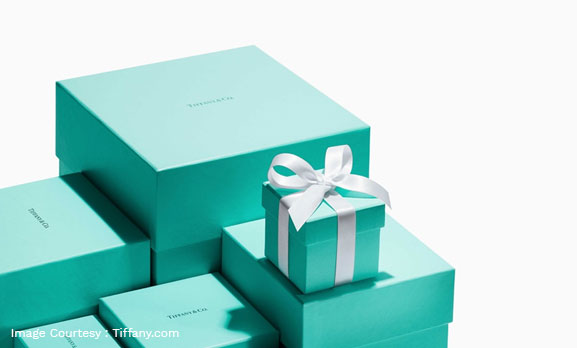
Source : https://www.tiffany.com/world-of-tiffany/
Black is another, widely used, popular colour in the field of luxury. It represents elegance and sophistication. It is a safe colour and is used by a multitude of brands like Cartier, Coach, Dior, Burberry and many more.

Source : https://www.kindpng.com/imgv/hbwbxx_burberry-logo-png-download-burberry-black-label-logo/
Logo
The logo of a brand is a design used to represent it. Just a look at it is enough to identify and grasp the feel of the brand.
There are several different types of logos - consisting majorly of typography and/or images.
A very common type of logo in the luxury industry is a monogram. They consist of letters, usually brand initials. Several brands use this - Chanel, Louis Vuitton, Yves Saint Laurent, Gucci, Dolce & Gabbana and many more.

Source : https://www.kindpng.com/imgv/hoibTR_louis-vuitton-logo-3-louis-vuitton-hd-png/
Another widely used logotype is a wordmark. It is a font based logo, based on the brand name. Brands like Bvlgari, Marc Jacobs, Cartier use this.

Source : https://customers.microsoft.com/story/marcjacobs
A combination logo is also used to a great extent. These combine typography with an image and have scope to be slightly more intricate than the above two. It is used by brands like Coach, Burberry, Versace and many more.

Source : https://www.netclipart.com/isee/mJhhmh_versace-logo-image-versace-logo/
Typeface
The typeface plays a key role in determining the brand identity. It can convey a ton about the brand - can make it look elegant or chaotic, trustworthy or clueless. Selecting an appropriate typeface is thus essential and should be done carefully.
Advertising
Advertising is essential for the recognition and popularity of a brand. It should focus on reaching the target audience. For luxury brands, the target audience is the wealthy section of the population and for instance, high end magazines would be more appropriate for their advertisements than the local newspaper. Thus, choosing the right platform for advertising is extremely important.
Digital marketing on the other hand can help in reaching the target audience more specifically and efficiently. 40% of luxury purchases are influenced by what customers see online.
Social media has an unfathomable reach and has become the cornerstone for almost every luxury brand. Affluents are looking for brand and product discovery online which makes it imperative for luxury brands to stand out on social media. Instagram is one of the most popular platforms for this today. Different strategies can be employed for its fruitful execution.
In 2015, Valentino was listed as one of the most effective brands on social media. They had a simple strategy, mixing content generated by fans with their own professional photos, while also answering questions. This strategy spiked their sales and worked out well for them.
Luxury brands like Louis Vuitton, Gucci and Christian Dior have raised their expenditure on digital platforms. Louis Vuitton allocates half its marketing costs to digital media. Luxury goods companies like LVMH and Kering have increased their social media budgets and one of their main target platforms is Instagram.
Thus, establishing a presence on social media is vital and can prove to be immensely beneficial in creating recognition for the brand and in reaching out to the specific target audience.
However, over-advertising can prove to be detrimental for luxury brands as it could taint its sophisticated reputation.
Packaging
Packaging design is an aspect that cannot be ignored, particularly for luxury goods. Even the packaging should exude opulence, synonymous with the brand. It should enhance the shopping experience, create desire and excitement in the customer and should make a lasting impression.
Luxury packaging allows its customers to feel the worth of the purchased product and elevates the overall appeal and reputation of the brand.
Not only should it be aesthetically alluring, but it also has to be equally functional. A perfect blend of these can result in transforming the unboxing of the product into an enchanting experience.
Chanel is one brand which has minimalistic yet elegant packaging; which exudes luxury.
Source : https://www.chanel.com/en_GB/fragrance-beauty/service.html
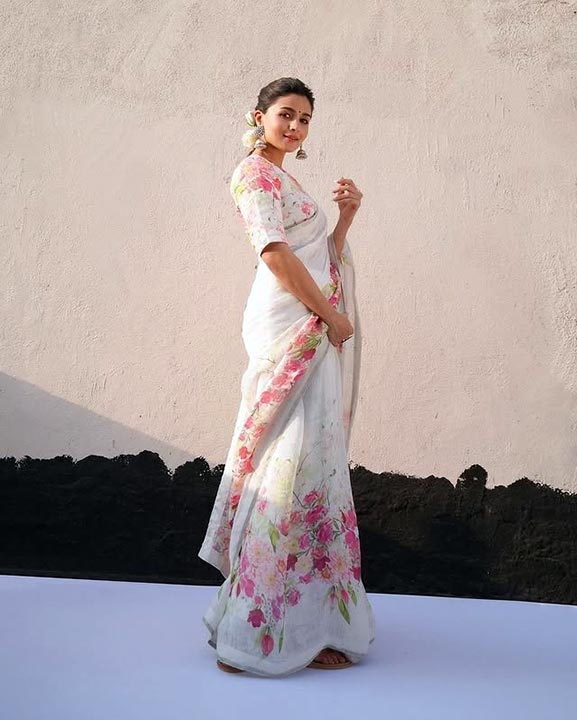
Source : https://www.shpock.com/en-gb/i/XKhs-5ZPFWpTI-WF/chanel-wallet
Pattern
The incorporation of this element is optional and not all brands utilise it.
Developing a signature pattern, that stands for the brand uniquely, can be used as a strategy to make it more noticeable and identifiable. It represents the brand without the need for any words.
Louis Vuitton's famous stylised flower pattern sets its luggage and bags apart; and is now one of the identities of the brand. Even Burberry plaid is easily identifiable.
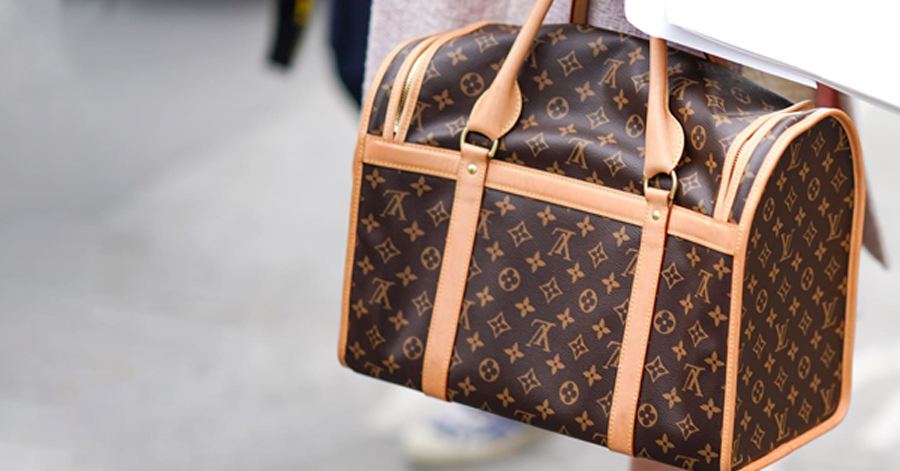
Physical Exhibit
This helps considerably in building a connection with customers and involving them. It gives people a glimpse and experience of the brand ethos.
Viktor & Rolf built an upside-down store in Milan symbolic of their anarchic approach to design. This stands out and at the same time also conveys the brand concept.
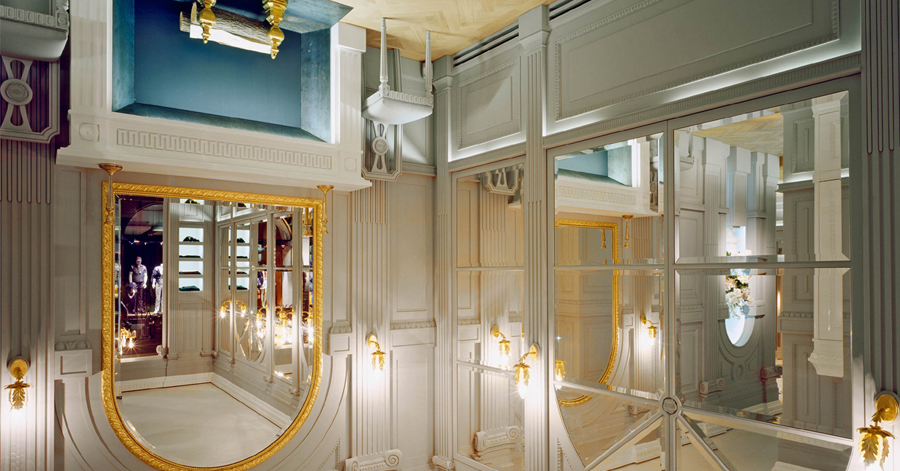
Source : http://www.pierocastiglioni.com/projects/246/viktor-rolf-showroom
Jimmy Choo created a fashion based high tea at Hong Kong's Landmark Oriental Hotel and also organised an exclusive one-day Afternoon Tea in Vancouver, which was a sold out event.
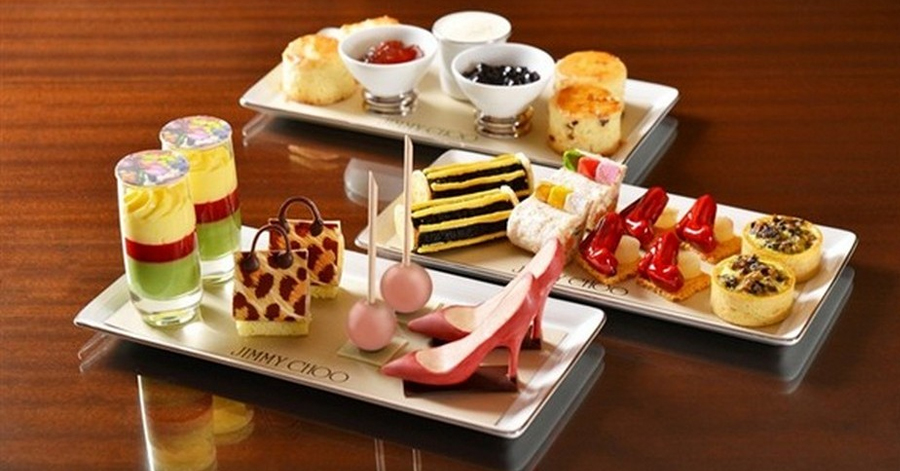
Source : https://www.cntraveller.in/story/afternoon-tea-jimmy-choo/
Formulation and implementation of these visual communication strategies may be time consuming but are integral. Communicating visually enhances the retention of information and makes it more comprehensible and memorable. These strategies help in establishing the image and reputation of the brand and are also responsible for connecting it to its audience. Moreover, they increase the value of the brand and make its hefty price worth paying. Most importantly, these strategies help in creating perpetual desire in the audience; a desire to own the luxury sold by the brand. Luxury brands not only communicate to drive purchases, but also to establish a deep emotional connection with their audience.
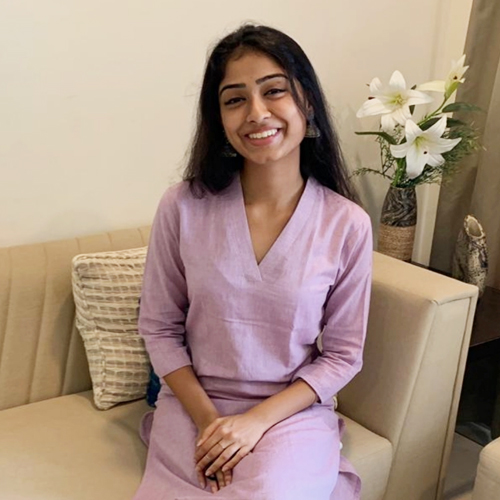 Bhavika Garg
Bhavika Garg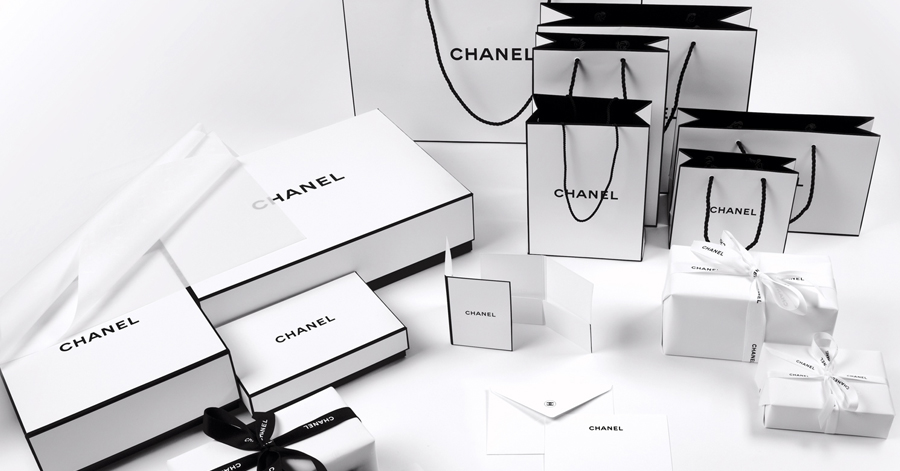



Comments
No comments yet.
Add Your Comment
Thank you, for commenting !!
Your comment is under moderation...
Keep reading luxury post